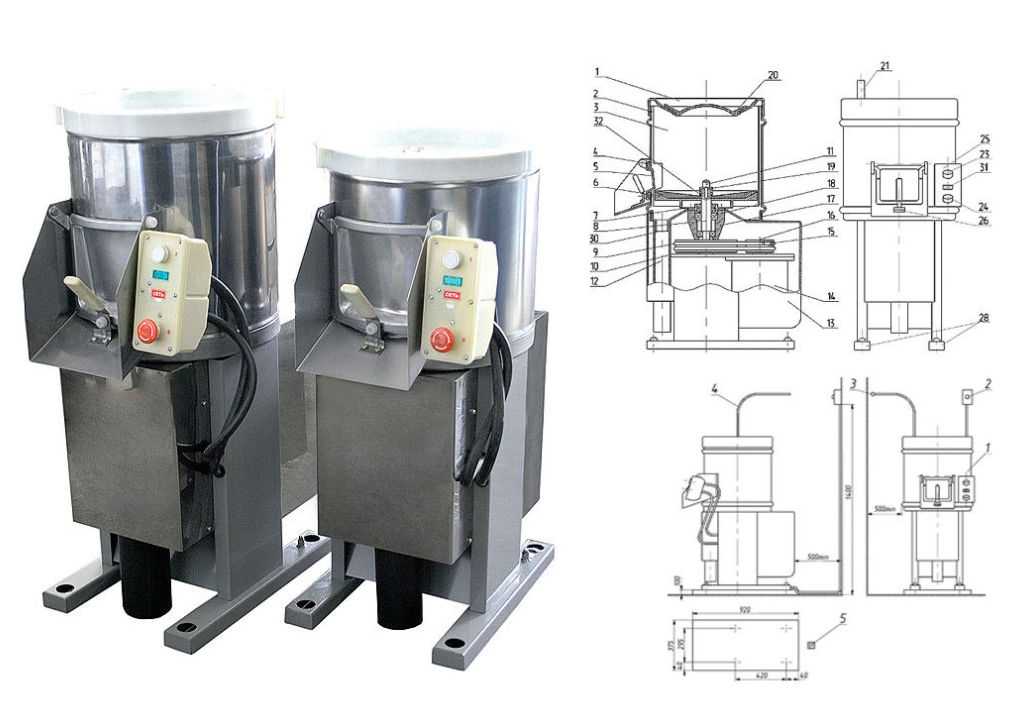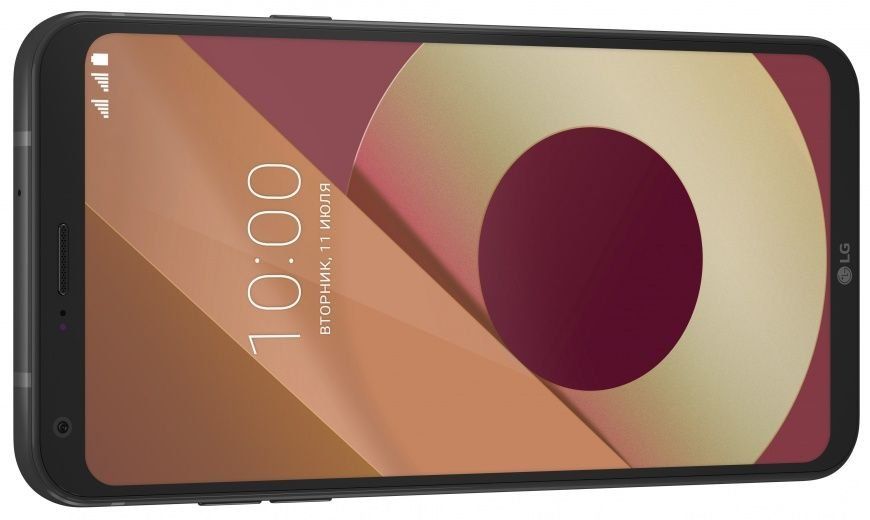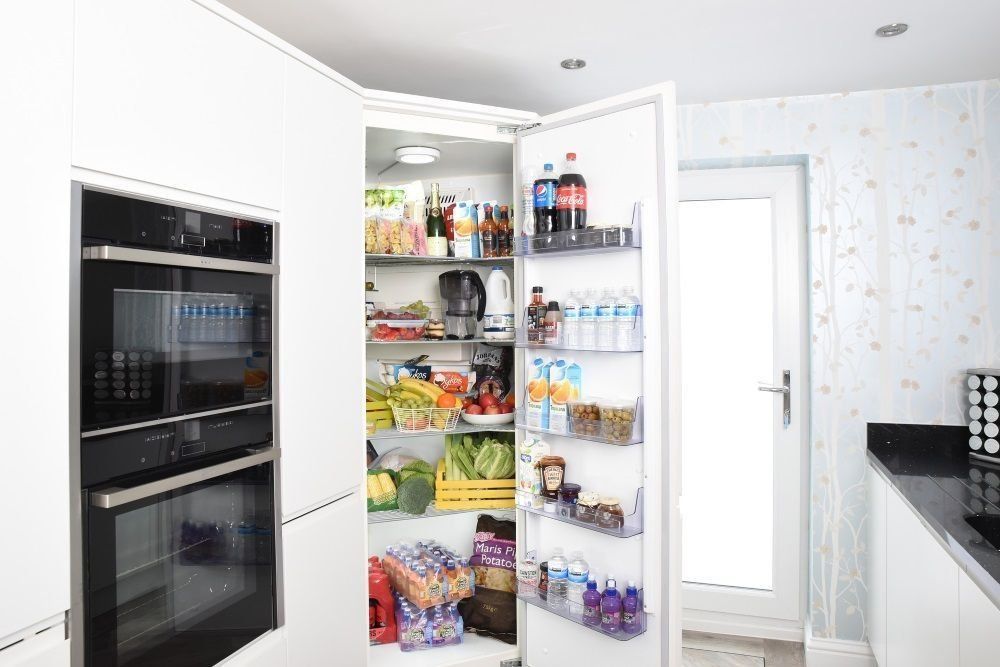Review of the best Bridgestone tires in 2022
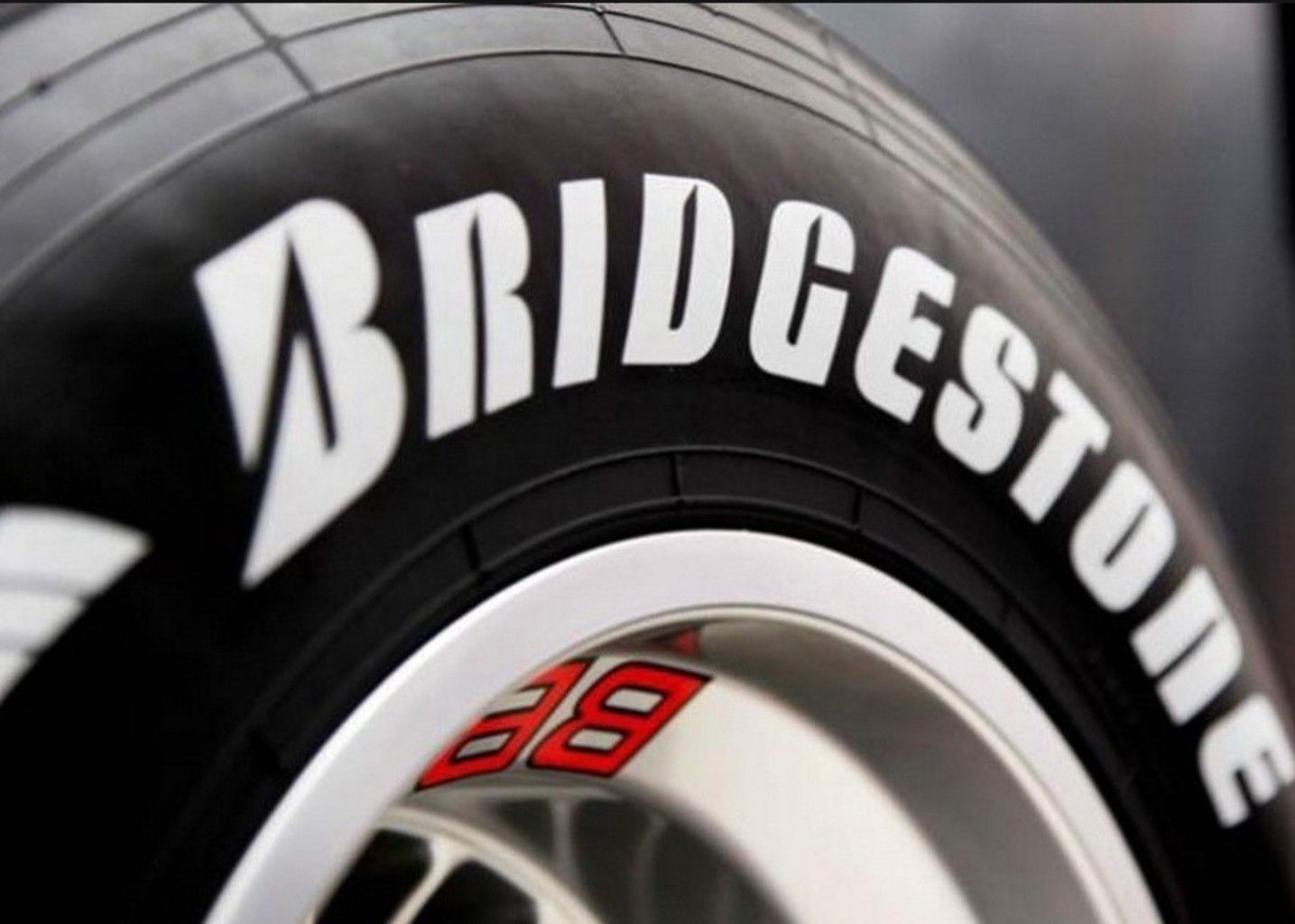
For each car owner, the issue of choosing tires for their car is very relevant. The change of cold and warm seasons entails the change of seasonal tires. Properly selected tires are the key not only to comfortable driving, but, first of all, to the safety of the driver and his passengers. We will figure out how to choose the right tires for a car, and also find out which Bridgestone tires are recognized as the best in 2022.
How to choose the right tire
Often, even experienced car owners, when buying tires, pay attention to only three main criteria: seasonality, size and type of tread pattern.But this is not always enough to ensure maximum safety for your driving. Let us consider in more detail the main and additional parameters that must be considered when choosing tires.
The main criteria for choosing tires
The main parameters for choosing rubber include: size, tread pattern and season. Let's consider each of them in more detail.
Size
This parameter is considered first, because tire size is selected according to the brand of car and is offered by the manufacturer. Sizing is mandatory. In the absence of an exact size, the manufacturer offers replacement options.
The concept of tire size includes three indicators: tire width, profile and diameter of the rim. The marking is placed on the side of the tire and looks like this: 205/55 R16. 205 - tire width in mm; 55 - profile in% (ratio of tire height to its width), 16 - rim diameter in inches (landing diameter), R - radial tire design (if there is no letter, then the design is diagonal). Each of the indicated values in the size is important in itself, and it is not worth experimenting with installing tires with different (not recommended by the automaker) tire widths or profile heights. This has dire consequences. Only the installation of tires of the standard size recommended by the manufacturer of the car guarantees comfortable driving and proper dynamic qualities for your car.

Installing tires wider than recommended to give the car a sporty look will increase the weight of the car, and, accordingly, fuel consumption and the load on the chassis. In addition, wider tires increase the risk of hydroplaning, as well as braking distances on wet roads. The use of wider ones is recommended in summer, but only within manufacturer's options.A narrower tire eliminates all the above disadvantages of a wide one. However, this reduces the controllability of the car at high speed and increases the braking distance.
When trying to install rubber with a different profile height (other than recommended), there are a few things to keep in mind. Low profile tires (up to 55%) give excellent handling at high speeds and corners, but at the same time transmit all the bumps in the road, which subsequently affects the suspension, and also increases the risk of damage to the discs. High-profile (60-75%) and full-profile (more than 80%) tires smooth out imperfections in the road surface and are suitable for off-road, guarantee stable suspension performance. But here you also have to be careful. Installing tires with a profile higher than recommended worsens the car's handling in corners and makes the car "cotton".
Experiments with the landing diameter will not work, because. it must necessarily match the diameter of the disks on your car.
Tread pattern
There are symmetrical and asymmetric tread patterns. It can be non-directional and directional. Let's figure out what the difference is.
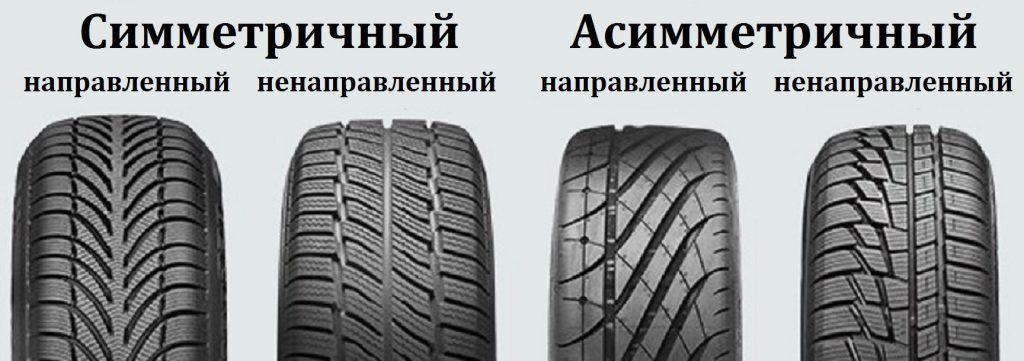
Rubber with a symmetrical non-directional pattern provides a comfortable level of handling with a measured and smooth driving style. With an increase in speed, their running properties decrease. Differ in low noise level. Tires with this type of tread pattern can be swapped from one side to the other. The most budget option.
Tires with a symmetrical directional pattern are designed for use on wet roads and are resistant to aquaplaning. On a dry road, they provide a quick response to changing traffic conditions and ensure directional stability. They listen well to the steering wheel. They cannot be moved to the other side of the machine.Noisier on dry roads. More suitable for operation on roads with good road surface. They are set in the direction of rotation, which is indicated by an arrow labeled Rotation.
The asymmetrical, non-directional tread of the tire ensures tight contact with the road surface, which has a positive effect on vehicle handling. Provide maximum performance when maneuvering and high speed. Rubber with this pattern has an outer (outer) and an inner (inner) side. Given these markings, it is installed on the disk. The outer side is more rigid with massive treads, which provides good grip and makes the machine easier to control. The inner side is softer and more elastic with a large number of grooves. This provides hydroplaning resistance and rapid water drainage. Of the minuses, it is worth noting the unsuitability of off-road use and the high cost.
Season
According to the season of use, summer, winter and all-weather tires are distinguished. The transition from summer tires to winter tires is desirable to be carried out when the average daily temperature is +7 C, because. at lower temperatures, summer tires will no longer be able to provide proper grip, which is fraught with the creation of a dangerous situation on the road. The reverse transition to summer tires should also be guided by the same average daily temperature, because. With an increase in air temperature, winter tires lose a number of their properties and cannot fully ensure the comfort and safety of driving. All-season tires are not a full-fledged alternative to summer and winter tires.They are suitable for use only in mild climates, without large temperature fluctuations and without precipitation in the form of snow.
Summer tires are made of harder rubber, which provides good grip on the road surface and protects against deformation when in contact with hot asphalt. When choosing summer tires, you should also pay attention to the tread pattern. For smooth city driving, a symmetrical non-directional pattern will do. It is unsuitable for travel on dirt roads. The asymmetric tread pattern will be more versatile for both dry and rainy summers. But buying such tires can hit your pocket.
Winter tires differ from summer tires, first of all, in rubber, and then in the tread pattern and its height. Winter tires are softer and retain their elasticity at low and negative temperatures. The choice of tread pattern on winter tires depends on the conditions of its operation. For off-road driving and snow slush, it is better to use tires with a high tread (9-10 mm), the pattern of which consists of various squares and rhombuses located at a great distance from each other. This is a Scandinavian type of tread.
For driving on a dry track in winter, tires with a small tread height (6-7 mm), a diagonal pattern and a large number of drainage channels are suitable. They have a high speed index and decent aquaplaning performance. This is the European type. Budget winter tires with a tread height of 7-8 mm have average indicators. They are designed for operation in urban areas at low speeds. These types of tires are non-studded or friction tires. In addition to them, there are studded tires.They are designed for driving on icy roads. The studs provide good grip of the wheel on snowy roads. But this type of tires is not recommended for use in urban areas, because. they are on a dry road, they do not have the necessary driving characteristics and damage the asphalt surface.
Additional criteria for choosing tires
When you have already decided on the size and tread pattern of tires for your car, it is worth paying attention to some points that most motorists forget about. Namely:
- permissible load index;
This parameter displays the maximum possible load on the tire when it is used at the speed indicated by the manufacturer in the form of markings. The index is displayed as a number after the tire dimensions. It might look like this: 175/70 R13 82H, where 82 is the load index and H is the speed index. Index 82 corresponds to a load capacity of 475 kg per wheel at a maximum speed of H - 210 km / h (the decoding of the indices is taken from special tables or from consultants). We multiply 475 by 4 (the number of wheels), we get 1900 kg - the total load capacity. It includes the weight of the car, the driver and the maximum allowable weight of the transported cargo. It is important to understand that you should not get too close to the maximum carrying capacity of the car, because this negatively affects the condition of the tires and the safety of movement. Tires marked XL have an increased load index.
- speed index;
This indicator is marked in Latin letters and is directly related to the carrying capacity of the car, as mentioned above. Conventionally, it shows what maximum speed the tire can withstand at a specified load.In tires for passenger cars, the most common are standard (T-190 km/h; H-210 km/h) and high-speed (V-240 km/h; W-270 km/h; Y-300 km/h) indices.
- noise level;
Tire noise affects only the comfort of movement, without affecting the driving characteristics. The noise level depends on the tread pattern. As mentioned above, the lowest noise level is typical for rubber with a symmetrical non-directional tread pattern.
- date of manufacture;

The date of manufacture of a tire also affects its performance. Even if the rubber is not used, it is undesirable to use it after 5-6 years of storage. The date of manufacture has the form of a four-digit number enclosed in an oval. For example, marking 4310 indicates that the tire was manufactured in week 43, 2010. It is not recommended to purchase expired tires, because. you cannot be sure of its correctness for such a long period of storage.
- appearance;
First of all, this criterion reflects the correct storage of the tire. If she initially changed from black to gray and became covered with microcracks, then this indicates her long stay on the street, which violates the correct storage conditions for tires. In addition, the tires must be of the correct round shape. Deformations resulting from improper storage often cause wheel imbalances that cannot be corrected by balancing.
Best Bridgestone tires for 2022
Bridgestone is a Japanese tire company with over 80 years of history. The use of new technologies in production makes the products of this manufacturer one of the most popular on the market.
Please note that the cost is indicated for tire models with the smallest bore diameter.This suggests that with an increase in the diameter of the discs, the cost may be higher. Consider the best, according to motorists, Bridgestone tires.
Winter tires Bridgestone
Blizzak Ice
votes 0
Premium friction tires with speed index S (180 km/h) for passenger cars. They are characterized by high performance, which is associated with the use of an asymmetric tread pattern. Also, excellent running characteristics are due to the use of a rubber compound with a porous structure.
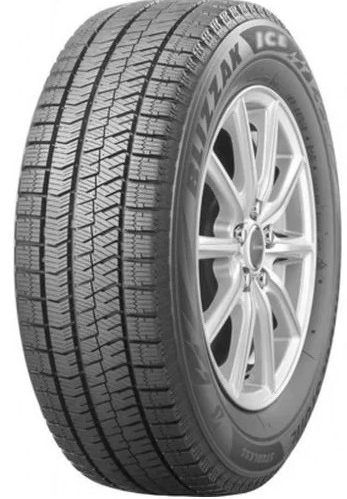
The exceptional tread pattern facilitates rapid water evacuation and ensures tight traction on the road surface. The asymmetry of the pattern and the special arrangement of the lamellas and grooves make driving on an icy and snowy road stable, and braking confident.
Cost: from 3620 rubles.
- the car with these tires remains controllable in various road conditions (ice, snow, slush, dry road);
- low noise level;
- made in Japan;
- advantageous due to their durability.
- not found.
Blizzak Revo GZ (RFT)
votes 6

Non-studded tires with a speed index Q (160 km / h) for SUVs and crossovers. The model is presented in sizes for 14-17-inch wheels. The tread pattern is asymmetric non-directional. When creating these tires, Run Flat technology was used, which makes it possible to drive about 80 km after a tire puncture, but at a speed of no more than 80 km / h.
Asymmetric tread provides maximum control and stability of the car on the road in all weather conditions. Innovative microporous rubber absorbs water from the contact patch, which makes the grip of the tread with the road as reliable as possible.This tire model provides more precise cornering at high speeds, as well as stability during high-speed straight-line traffic due to a special symmetrical sidewall flexure.
Cost: from 3160 rubles
- run-flat technology;
- high controllability in various road conditions;
- low noise level.
- not found.
Ice Cruiser 7000
votes 0
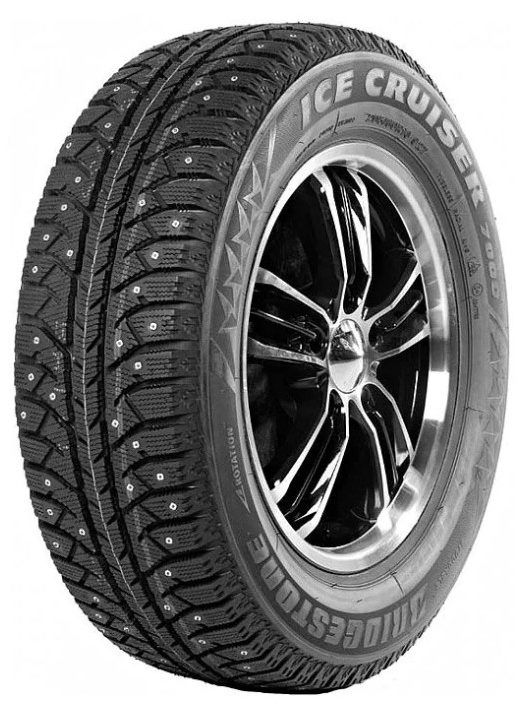
Studded tires with a speed index T (190 km/h) for passenger cars, jeeps, designed specifically for harsh winters. The model range of these tires is presented for 14-17-inch wheels. The tread pattern is symmetrical directional. Multi-faceted aluminum studs provide excellent traction on ice and snowy roads. The difference in the composition of the rubber in the upper and lower parts of the tread provides a secure fastening of the stud, and provides protection against falling out. Reinforced sidewalls improve tire performance in deep snow conditions.
Cost: from 3170 rubles.
- 16 rows of spikes;
- saves from drifts on turns;
- high maneuverability of the car in difficult road conditions.
- noisy.
Summer tires Bridgestone
Alenza 001
votes 0

Summer tires with a speed index from H to Y for SUVs and crossovers. The model is presented in tires for 17-20-inch wheels. The special tread design and rounded shoulder zones contribute to the effective removal of water from under the tire. In addition, the special design of the shoulder zones of the tread limits the mobility of the blocks, while maintaining the contact patch of its original shape and size. All this helps to increase the wear resistance of tires. The use of Nano Pro-Techt technology in the creation of tires increased the strength of the tread at break and stretch.Also, this technology contributes to less heating of the tires.
Cost: from 6900 rubles.
- there is no aquaplaning at all;
- wear-resistant;
- make the car as manageable as possible when maneuvering and driving at high speeds, even on wet roads;
- short stopping distance.
- noise when accelerating the car and at high speeds.
MY-02 Sporty Style
votes 0
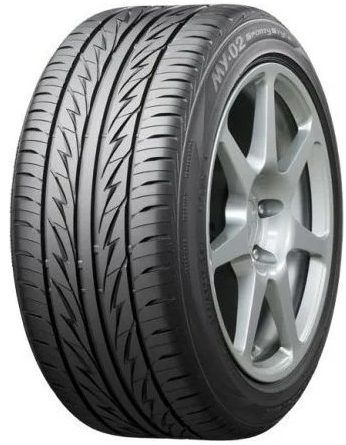
Summer tires with speed index H, V and W for cars with a sporty driving style. The model is presented in sizes for 14-18-inch drives. The symmetrical directional tread pattern makes these tires versatile and stable in all operating conditions. Lightning grooves on the tread provide rapid water evacuation and increased traction on wet roads. In addition, the maximum size of the contact patch, achieved by reducing the curvature of the profile, guarantees excellent grip on dry roads and eliminates uneven tire wear.
Cost: from 2720 rubles.
- excellent maneuvering, grip and braking on wet roads;
- no aquaplaning;
- affordable price for sports tires;
- insecure behavior in a rut;
- noise is within acceptable limits.
Turanza T001
votes 1
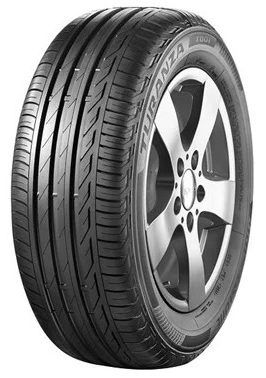
Summer tires with speed index W and increased load index XL for passenger cars. Possesses the increased controllability at high speeds. Presented in sizes for 14-17 and 19-inch drives. The asymmetric tread pattern with three longitudinal grooves makes the machine resistant to hydroplaning even at high speed. Stiffer shoulder zones protect the rubber from dynamic deformations when cornering and manoeuvring.
Cost: from 4070 rubles.
- rigid sidewalls of the tires make them resistant to impacts and hernias;
- makes driving confident both on dry and wet roads;
- after running in, the noise level is reduced.
- harsh and noisy.
Dueler H/P Sport
votes 0

Summer tires with V-Y speed index for passenger cars and SUVs with a high-speed driving style. The model is presented in sizes for 16-20-inch drives. The tread pattern is non-directional and symmetrical. This tire is designed for use on highways at high speeds. Excellent handling in various road conditions.
Cost: from 7040 rubles.
- wear-resistant and resistant to shock and hernia;
- confident and reliable control on dry and wet pavement;
- hard and booming;
- not suitable for off-road: no grip on mud and wet grass.
Summing up, it is worth noting that Bridgestone is one of the top five tire manufacturers today. Tires of this manufacturer can deservedly be considered one of the most reliable to drive in various weather conditions. In addition, they are characterized by maximum wear resistance and resistance to the formation of cones and hernias. If you're looking for safety and agility in your car, then Bridgestone tires are for you.
new entries
Categories
Useful
Popular Articles
-

Top ranking of the best and cheapest scooters up to 50cc in 2022
Views: 131652 -

Rating of the best soundproofing materials for an apartment in 2022
Views: 127693 -

Rating of cheap analogues of expensive medicines for flu and colds for 2022
Views: 124520 -

The best men's sneakers in 2022
Views: 124034 -

The Best Complex Vitamins in 2022
Views: 121941 -

Top ranking of the best smartwatches 2022 - price-quality ratio
Views: 114981 -

The best paint for gray hair - top rating 2022
Views: 113396 -

Ranking of the best wood paints for interior work in 2022
Views: 110320 -

Rating of the best spinning reels in 2022
Views: 105331 -

Ranking of the best sex dolls for men for 2022
Views: 104369 -

Ranking of the best action cameras from China in 2022
Views: 102217 -

The most effective calcium preparations for adults and children in 2022
Views: 102012
